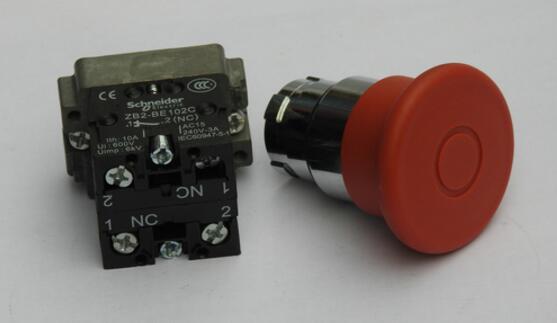The wear characteristics of forklift parts can be divided into three stages.
Firstly, the running-in wear stage of the new car (or overhaul vehicle), where the surface of the new matching parts has a certain flatness and the matching surface wears quickly, can generally be called running-in wear.
Second, in the natural wear stage, after the running-in period, the wear rate of the fittings decreases, the wear volume is relatively stable, and it keeps a uniform growth in the long term. This time is called the normal working period, and the wear during this period is called the natural wear.
Third, in the collapse wear stage, when the natural wear of the fittings increases to the wear limit point, the gap increases, the oil film cannot be maintained, the lubrication condition becomes worse, the impact begins to occur, and the wear accelerates sharply, the fittings will soon lose their working ability until they are damaged, which is called the repair interval or repair period of the fittings, also known as the collapse wear period.
It has been proved by practice that the mechanical wear of fittings should go through three stages: running-in wear, natural wear and collapse wear. If the normal use, maintenance and maintenance work is done well, the wear during running-in period will be reduced accordingly, and the repair interval will be prolonged, so that the service life of the machine parts will be increased. On the contrary, it will directly affect the service life of parts, and even cause early abnormal damage of forklift trucks.
The purpose of forklift truck maintenance is that a forklift truck consists of tens of thousands of spare parts. With the use, the power, economy and reliability of forklift trucks are gradually reduced due to wear, aging, corrosion and other factors. Under normal driving conditions, this change gradually occurs in many small forklift parts. Because no car has the same usage, it is impossible to predict that every part will have the same wear and aging. In the normal wear stage, corresponding cleaning, inspection, lubrication, tightening, adjustment and calibration are carried out to improve the technical condition of various accessories and assemblies. In operation, the consumption of fuel, lubricant and wear and tear of spare parts and tyres can be reduced, the overhaul interval mileage of the whole vehicle or assembly can be prolonged to the maximum extent, and the noise and environmental pollution of forklift trucks can be reduced. The equipment management department should stipulate a certain inspection period to adjust and replace the spare parts which can be expected to change with time or use. This is the purpose and effect of "regular maintenance". On the one hand, it can restore the performance of vehicles to the best condition, prevent small problems from becoming big problems, on the other hand, it can ensure the safety of vehicles and better economy. Sex and longer service life. Non-regular maintenance includes running-in period maintenance and seasonal maintenance.
